Welcome to Paradigm Shift Solar

Paradigm Shift Solar

Electric cars and solar are the perfect combination for a whole bunch of reasons!

Why not power your car with FREE energy from the sun?
Solar panels provide a renewable and sustainable source of energy to power electric cars. Solar energy is clean, abundant, and does not produce harmful emissions, which makes it a great alternative to fossil fuels.

Gas vs. Electric: what’s cheaper?
Solar panels can significantly reduce the cost of charging electric cars. The combination of net metering, time of use rates and solar make charging your car as easy as charging your iPhone. By generating your own electricity, you can reduce or eliminate the need to purchase energy from the grid, which can result in substantial cost savings over time.
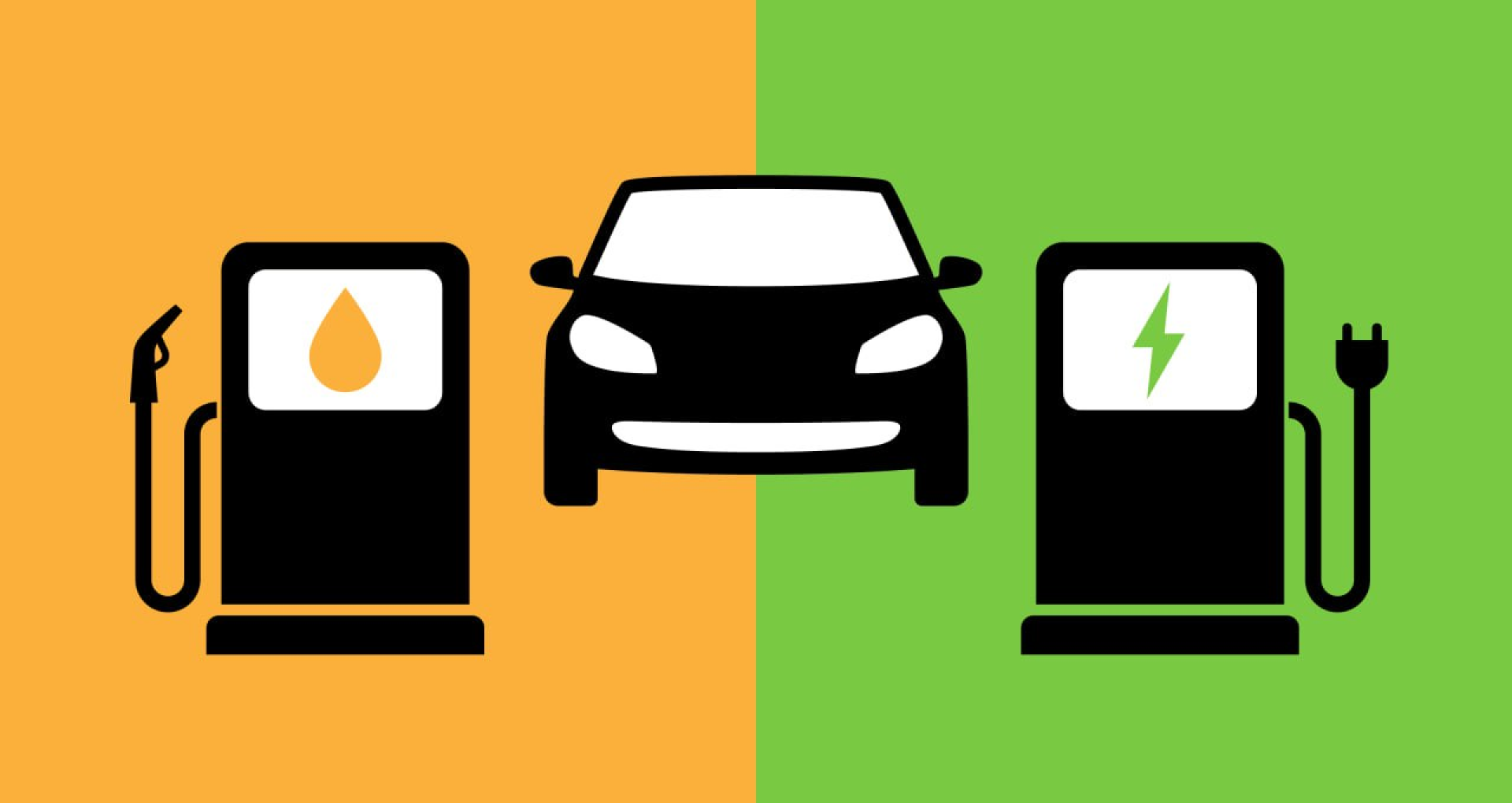
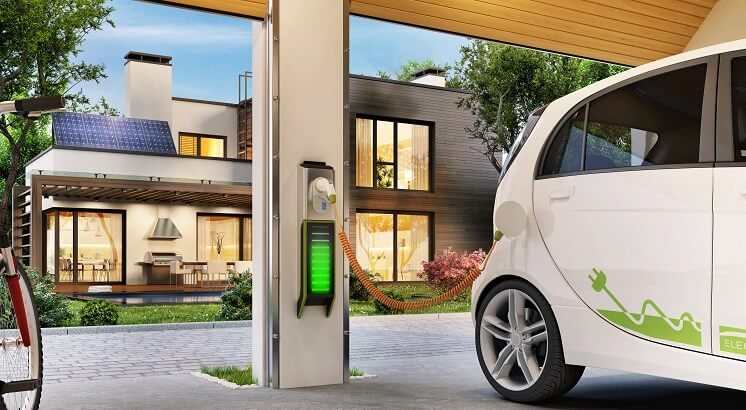
Isn’t electric as bad as gas for the environment?
It’s not even a close call, especially if you’re generating electricity with solar panels. Although most people charge their cars overnight, when it’s dark, thereby pulling that power from the grid, your solar system is more than offsetting that usage. Using solar energy to power electric cars can greatly reduce greenhouse gas emissions and other harmful pollutants that are typically associated with traditional gasoline-powered vehicles. By reducing emissions, you are helping to combat climate change and improve air quality in your community..

Independence from fluctuating gas prices: Remember the summer of 2022?
Gas prices across the country topped $6 / gallon in some places. When you combine an EV with solar, you are essentially innoculating yourself from future increases in the price of fossil fuels. Using solar energy to power your electric car provides a level of energy independence that is not possible with traditional fossil fuels. With solar panels, you have control over your energy production and consumption, which can provide greater peace of mind during times of energy insecurity.
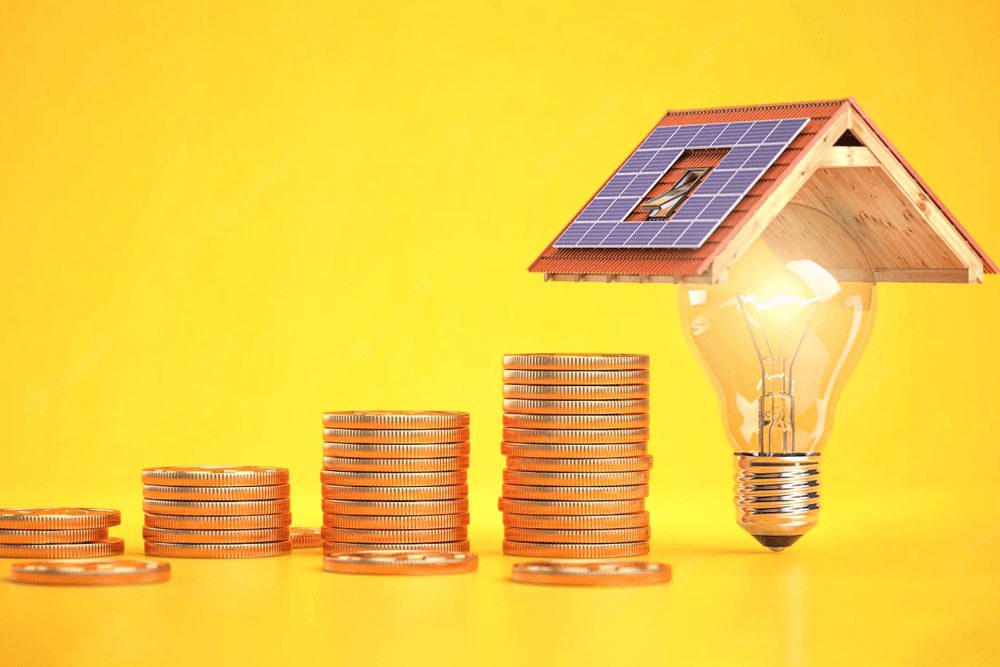
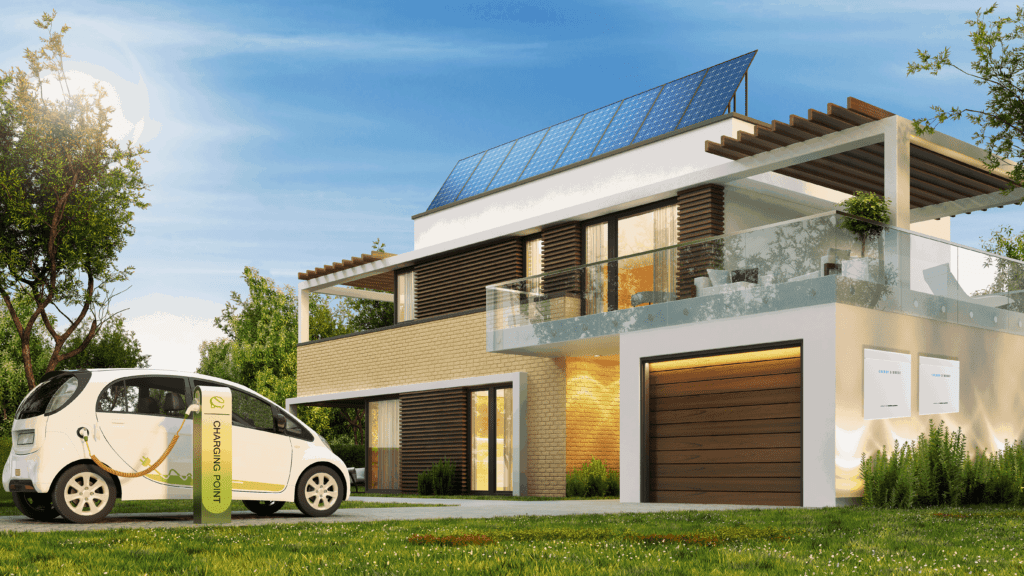
Opt-in to a Sustainable Future: Solar panels and electric cars are key components of a more sustainable and environmentally-friendly future. By combining these two technologies, we can help to reduce our reliance on fossil fuels and transition to a cleaner, more sustainable energy system.

Did you know?
Going solar can raise the value of your home by up 20%, while cutting your energy rate up to 50%.
Paradigm Shift Solar Testimonials
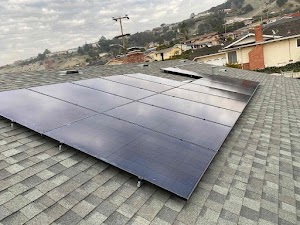
Solar Blog
Solar Panels to Charge Electric Cars
As the popularity of electric vehicles (EVs) rapidly increases due to their environmental benefits and energy efficiency, the need for convenient and sustainable charging solutions becomes crucial. Solar panels to charge electric cars offer an innovative and 100% eco-friendly way to power EVs, providing a clean and renewable source of energy.
How to Choose the Right Solar Power Charging Station for Your EV
To select the right solar charging station for your electric vehicle, consider a few important factors:
- Evaluate your EV’s charging requirements, including its battery capacity and charging speed.
- Assess the solar panel system’s capacity and energy output to ensure it can meet your EV’s charging needs. Look for charging stations with integrated smart features that allow for remote monitoring and energy management.
- Consider the physical installation requirements and available space for solar panels, batteries, charging stations, and other solar equipment.
Consulting with a reputable solar installation company about how to charge an electric car with solar panels would be beneficial. Such companies can help you choose the most suitable solar power charging station to efficiently power your EV.
Are There Any Drawbacks to Solar Charging for Electric Cars?
While solar charging for electric cars has numerous benefits, it also comes with some drawbacks. The most significant limitation is the dependence on sunlight availability, which makes charging less efficient during cloudy days or at night. One way to mitigate this problem is by using the right solar batteries.
Additionally, the initial cost of installing such a system may be relatively high, although it leads to long-term cost savings. Moreover, the physical space required for solar power for electric cars may be a constraint for some users. Despite these drawbacks, installing a solar system can lead to long-term cost savings and overall energy independence.
Choose Paradigm Shift Solar for Solar Power Charging Stations
Before installing a solar system for electric cars, it is essential to choose a reputable solar installation service company like Paradigm Shift Solar. We prioritize high quality over quantity and maintain transparency in pricing and communication. Our solar charging stations for electric cars come equipped with smart features, allowing for remote monitoring and energy.
Charge electric car- FAQ
How does Solar work?
No two solar systems are the same. The amount of power that a home uses is very different from the next home. Usage depends on the number of people who live in the house, how liberal or conservative a home is consuming power, and even the age and number of major appliances the home has. When designing a custom solar system for your home, we look at your current usage but also your future usage as well. For example, more homeowners are buying electric cars than at any other time in our history. We need to make sure that your solar system will not only power your home, but also your car..
Once customized, the way a solar system works is actually pretty simple. The solar panels on the roof actually make DC electricity from the sunlight that is hitting your roof. Then, that power gets sent to an inverter which converts it to AC electricity, which is what we use in our homes. Solar systems are generally designed to over-produce during the day because it doesn’t produce any power at night. That excess power that is produced during the day, is sent back to the power grid and the utility actually pays YOU for that power. When the sun goes down, you buy that power back and if your system is customized properly, what you buy at night will be less than what you sell to the utility during the day. This process is called Net Metering.
I heard solar is expensive. Aside from the environmental benefits, why should I consider solar for my home?
Solar IS expensive. But you know what’s even more expensive? The ever-increasing rates you pay to purchase power from a government-sanctioned monopoly every single month! In the old days, the cost of solar was prohibitive for most homeowners in America. In the early days, you had to come out of pocket to cover the cost of your system, and most people didn’t have the thousands of dollars necessary to get a system installed on their home. Fast forward to today, all you need is a relatively decent FICO score and solar can be installed on your roof with NO money out of pocket and a set monthly fee that never goes up, and in most cases is less than what you’re paying the utility today. For example, a home that pays an average of $200 / month to their utility, might only pay $150 / month for a solar system. Most homeowners see savings in their very first month after their solar system is installed. Better yet, you lock in your rate for as long as it takes you to pay off the solar. After that you have FREE power in your home. Forever.
I keep hearing that I should add a battery to my solar system. Do I also need battery backup?
In many cases, a battery is a smart addition to your solar system. In other cases, they’re not as important. There are basically two great use cases for battery backup:
If you live in an area where the grid is increasingly unstable, or you experience a lot of weather events that cause frequent and persistent power outages, a battery can absolutely be a life-saving option for your home. Recent highly publicized grid failures dramatically highlight the need for a battery on your home. Thousands of homes in Texas in 2021 were out of power for weeks after unseasonably cold weather hit the area and crashed the power grid. If you didn’t have some form of battery backup or at least a generator, those were some miserable days / weeks for you and your family.
A second, lesser known use case is becoming extremely popular in high-cost energy markets, such as California, Massachusetts & New Jersey. Most batteries these days can be programmed to charge up with solar during the day, then the home uses all that power at night, at peak rate times. For example, a customer in Northern California with PG&E as their utility are paying some of the highest power rates in the entire country. Worse yet, PG&E customers are often on a “time of use” plan, meaning that different rates are charged at different times during the day. Guess what times are referred to as “Peak Times”? Peak times means peak rates, and they just happen to coincide with exactly when your solar system stops producing at the end of the day. Battery customers program their backup storage for use during these hours, so they don’t have to pay these extraordinarily high rates.
Are there any tax credits for going solar?
Yes. The federal government passed the “Inflation Reduction Act of 2022” around the middle of the year and it provides a 30% tax credit to all new solar customers who qualify. The Solar Investment Tax credit is available to anyone in the USA who pays taxes and purchases their solar system. It’s based on the market value of the system you buy for your home, and is applied to your taxes at the end of the year. For example, if your total solar system cost is $30,000, including all associated financing fees, then your tax credit at the end of the year will be $9,000. It’s important to consult your tax advisor about whether or not you qualify for the tax credit, but the general rule is if you pay taxes, and you’re installing solar on your primary residence, then you qualify.
In addition to the Federal Tax credit, a lot of states and utilities will offer their own credits, incentives or rebates. It varies widely from state to state, which is partly why it is important to work with an experienced solar professional who can guide you through the maze of various incentives that may or may not be available for your home.
Should I lease or buy my solar?
There are basically 3 ways to go solar. You can either buy it, lease it or sign up for a Power Purchase Agreement (PPA). Each option has its own unique benefits that are important to understand as you evaluate which option is best for you.
Leases and PPA’s are similar, and are generally best for those who cannot benefit from the available tax credits either federal or state. For example, retirees often don’t have an income anymore and thus don’t pay any taxes. No tax liability means no 30% federal tax credit. In leases and PPA’s, the company you lease your system from, or buy your solar power from take the tax credit on your behalf and presumably factor that in as savings on your overall ongoing monthly rate that you pay them.
Whenever possible, we always favor buying vs leasing or PPA’s. When you purchase, you get all the tax benefits, all the incentives, all the rebates, all the increased value in your home and unlike a lease or a PPA, come with an end-date. That said, it doesn’t make sense to pay 30% more for a solar system if you can’t qualify for the federal tax credit, so in these cases a lease or a PPA might make sense. Paradigm Shift Solar offers all three options to our customers.
Contact
Contact
113 N San Vicente Blvd Suite # 338, Beverly Hills, CA 90211,
United States
Phone: (323) 967-8530
Email: quotes@ps-solar.com
Company and Links
© 2023 Paradigm Shift Solar


